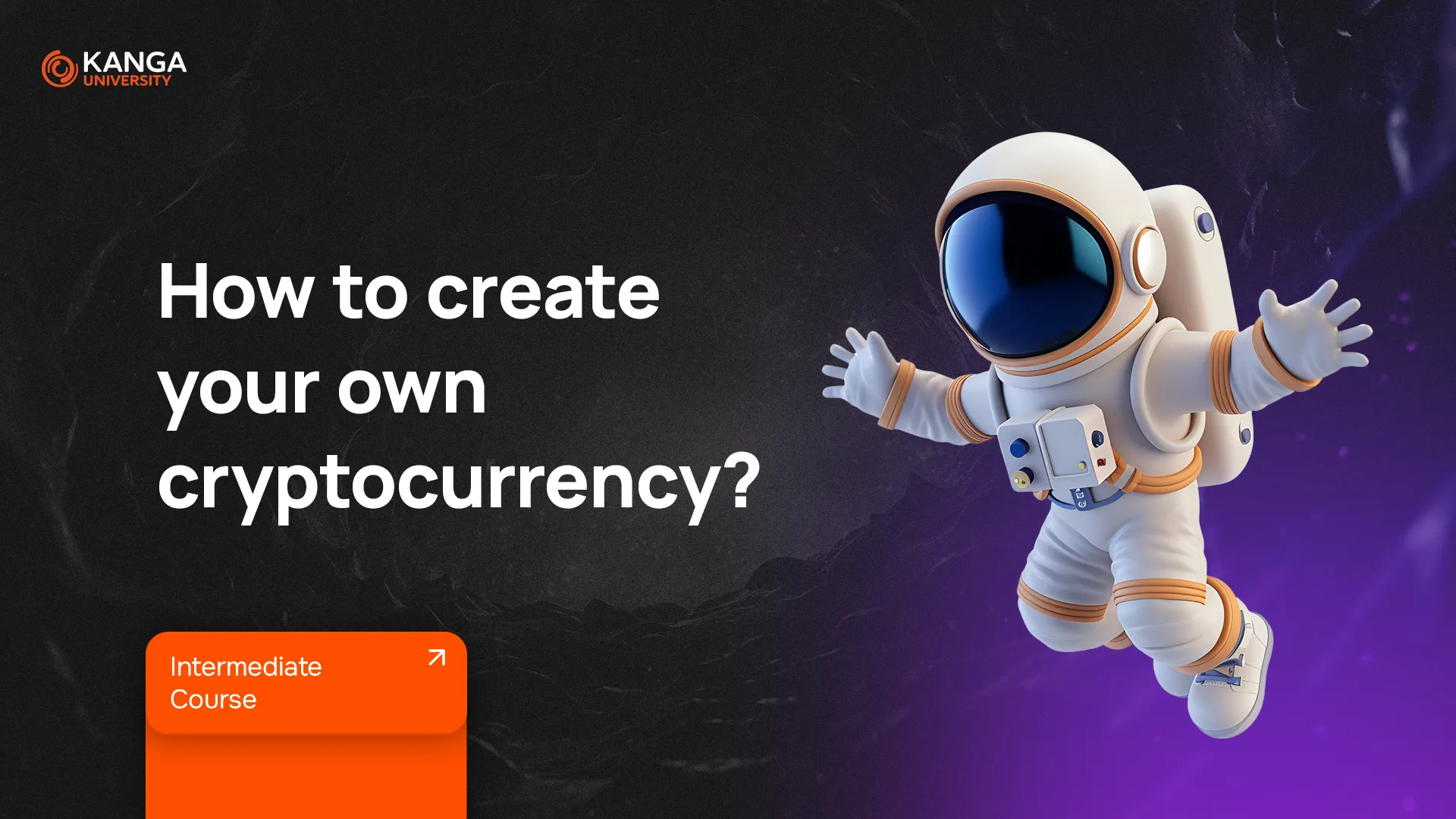
Creating your own cryptocurrency might sound like something only tech experts or big companies can do—but in reality, it’s more accessible than you think. Whether you want to launch a coin for your business, start a community project, or just build something fun, you have options.
In this lesson, we’ll walk you through what creating a cryptocurrency involves, the platforms you can use, how much it might cost, and what decisions you’ll need to make along the way.
Why Create a Cryptocurrency?
People build cryptocurrencies for many reasons:
-
To support a business model or reward users
-
To create a decentralized community project
-
To experiment or innovate with blockchain technology
-
Even just for fun or as a learning experience
Where to Build Your Cryptocurrency
Cryptocurrencies run on blockchain technology. Luckily, you don’t have to build a blockchain from scratch. Many existing blockchains let you create your own token using their infrastructure. Here are popular platforms:
-
Ethereum (ERC-20 standard)
-
Binance Smart Chain (BSC) (BEP-20 standard)
-
Solana
-
Polygon (Layer 2 for Ethereum)
-
Tron, EOS, Cardano, NEO, Waves, and more
Using these platforms, creating a token can be as simple as filling out a form and uploading a smart contract. But be careful—some automatic token generators can be risky or even scams.
For more control, you can build your own blockchain. That requires advanced technical knowledge and a bigger budget, but it gives you full independence.
Coin vs. Token – What’s the Difference?
-
A token is built on an existing blockchain (like Ethereum or BSC). It’s easier and cheaper to create.
-
A coin has its own independent blockchain. It’s more complex and resource-intensive to launch.
| Coin | Token |
|---|---|
| Requires its own blockchain | Built on an existing blockchain |
| More flexibility and control | Faster and easier to launch |
| Needs developers and validators | Can use standard tools and platforms |
| Higher development costs | Lower entry costs |
If you’re just starting out, creating a token is the smart move.
Recommended Platforms
For most people, Ethereum, Binance Smart Chain, or Solana are the best places to start. These networks are well-supported and have tools for creating tokens, apps (DApps), and smart contracts.
-
ERC-20 (Ethereum) and BEP-20 (BSC) are the most commonly used token standards
-
These standards let you launch tokens that are compatible with most crypto wallets and exchanges
-
Tools like Polygon let you scale your project more cheaply and quickly
If you don’t code, consider hiring a developer to create your token based on your requirements. Just make sure you’re working with someone trustworthy.
Key Steps in Creating a Cryptocurrency
Whether you’re launching a token or a coin, here are essential things to consider:
-
Purpose and Use Case – What problem does your crypto solve? Is it for payments, access, or community rewards?
-
Tokenomics – Define the supply, distribution, and pricing model. A solid economic design is crucial.
-
Legal Compliance – Know the crypto regulations in your country. Get legal advice if needed.
-
Blockchain Selection – Choose whether to use an existing chain or build your own.
-
Consensus Mechanism – Decide how the network will operate (e.g. Proof of Stake vs. Proof of Work).
-
Smart Contracts – Define the rules and functions for your token or coin.
-
Security Audit – Hire an external company to test your code and ensure it’s secure.
-
Whitepaper – Create a document that explains your project, roadmap, and value proposition.
-
ICO/Token Sale Marketing – Use social media, PR, and influencers to promote your launch.
-
Community Building – Engage users on platforms like Discord, X (Twitter), and Telegram.
How Much Does It Cost?
Creating a cryptocurrency can be relatively cheap—or quite expensive. It depends on the scale and complexity of your project:
-
Token on BSC or Ethereum – $500 to $5,000
-
Custom blockchain (coin) – $10,000 to $50,000 or more
-
Security audit – $3,000 to $5,000 (don’t skip this)
-
Whitepaper writing – $1,000 to $2,000
You’ll also need to factor in marketing, listing fees, and other operational costs.
What Happens After Launch?
Once your crypto is live, the real work begins. You’ll need to:
-
Promote it via an ICO (Initial Coin Offering) or other methods
-
Convince investors and users to join your ecosystem
-
Maintain and update your project regularly
The long-term success of a cryptocurrency depends less on tech and more on execution, community support, and trust.
Summary
Launching a cryptocurrency isn’t just about writing code or creating a cool logo. It’s about solving real problems, attracting users, and building long-term trust. If you have the drive, a strong concept, and a capable team, it’s possible to create something valuable and lasting.
But be realistic—it’s a complex process that requires time, skills, and funding. Start small, learn fast, and don’t rush. And most importantly: focus on delivering real value.
Purchase your favorite tokens on Kanga Exchange